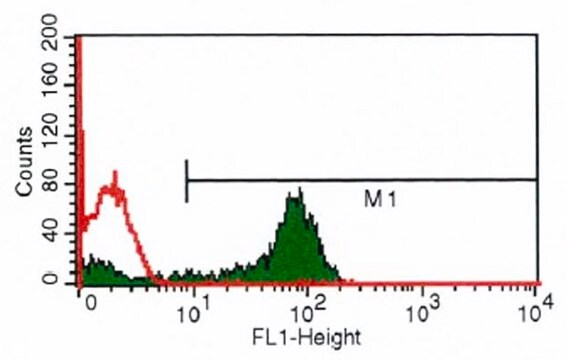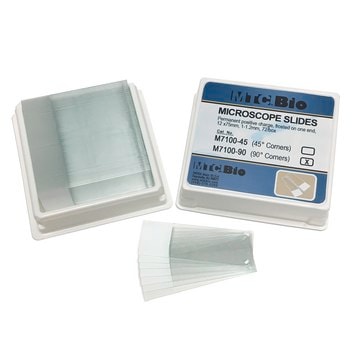F0772
Monoclonal Anti-CD8−FITC antibody produced in mouse
clone UCHT-4, purified immunoglobulin, buffered aqueous solution
Synonym(s):
Monoclonal Anti-CD8
About This Item
Recommended Products
biological source
mouse
conjugate
FITC conjugate
antibody form
purified immunoglobulin
antibody product type
primary antibodies
clone
UCHT-4, monoclonal
form
buffered aqueous solution
species reactivity
human
technique(s)
flow cytometry: 10 μL using 1 × 106 cells
isotype
IgG2a
UniProt accession no.
shipped in
wet ice
storage temp.
2-8°C
target post-translational modification
unmodified
Looking for similar products? Visit Product Comparison Guide
General description
Specificity
3rd Workshop: code no. 567
Immunogen
Application
- Immunofluorescent staining,
- Enumeration of total T cytotoxic/suppressor lymphocytes in bone marrow, blood and other body fluids,
- Identification and localization of T cytotoxic/ suppressor lymphocytes in lymphoid and other tissues,
- Analysis of cell mediated cytotoxicity,
- Studies of immunoregulation in health and disease,
- Investigation of NK cells, Complement mediated cytolysis of CD8 expressing cells
Biochem/physiol Actions
Target description
Physical form
Preparation Note
Disclaimer
Not finding the right product?
Try our Product Selector Tool.
Storage Class
10 - Combustible liquids
wgk_germany
nwg
flash_point_f
Not applicable
flash_point_c
Not applicable
Certificates of Analysis (COA)
Search for Certificates of Analysis (COA) by entering the products Lot/Batch Number. Lot and Batch Numbers can be found on a product’s label following the words ‘Lot’ or ‘Batch’.
Already Own This Product?
Find documentation for the products that you have recently purchased in the Document Library.
Our team of scientists has experience in all areas of research including Life Science, Material Science, Chemical Synthesis, Chromatography, Analytical and many others.
Contact Technical Service








